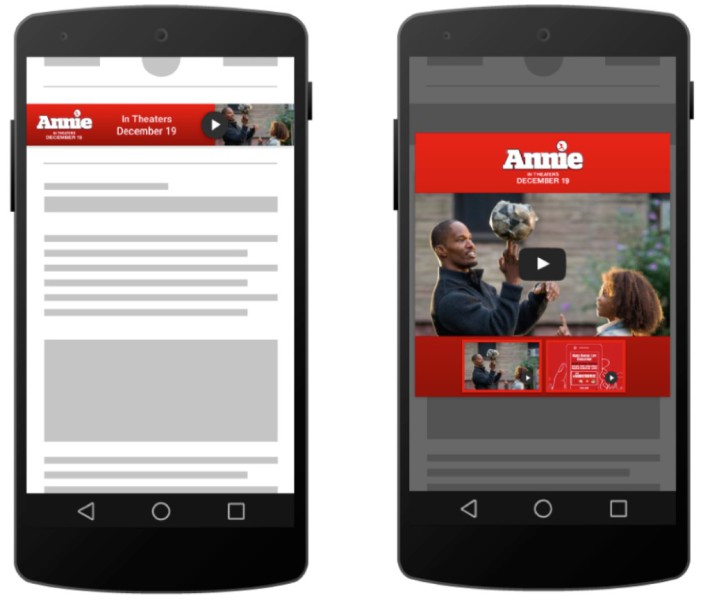The Modern Face Of Display Ads
Marketers, have you been discounting the value of display ads? Columnist Susan Esparza has a wake-up call for you.

When I began in search, display advertising had been oversaturated with the most infamous of elements — pop up ads, flashing banners and punch-the-monkey gimmicks were everywhere. Among we cool, hip, search folks, there was a general consensus that display ads just didn’t work.
It was in 2005 that Google infamously promised to never show display ads (a promise long since broken).
Yet, even in 2005, display’s situation wasn’t as dire as many presumed. Yahoo reported at the time that customers who were served display ads were 61 percent more likely to do searches on keywords related to the product — meaning that, at the very least, the two played well together. Much of the naysaying came from the competitive nature of internet marketing at the time.
Budgets for online were small and every penny had to be fought for. In other words, we bought into the hype, and that hype’s lasted for a good long time.
What’s Happening Now In Display?
It’s time to wake up and check out what display’s really like. If you have spent the last 10 years assuming that display is dead or at least pining for the fjords, you owe it to yourself and your business to revisit the possibilities it offers.
Display is a lucrative channel for many companies and it is as relevant and targeted in the hands of an expert as any good search campaign.
Display has improved in every possible area. Technology is better than ever: programmatic helps companies develop responsive campaigns; data, both big and small, is available and actionable; and first-party cookie technology means that data come back for a longer period with a better evaluation of reach, frequencies and viewability.
With better attribution models, it is possible to see how display contributes throughout the funnel from awareness to conversion.
As a part of a holistic marketing process, display supports other channels by bringing in new audiences, reinforcing awareness for current audiences and retargeting current customers with appropriate offers. The flexibility of a display campaign is one of its greatest strengths, allowing the marketer to focus on meeting business goals.
It’s a fast channel – allowing a company to make and traffic an ad in a very short time, immediately beginning to raise awareness or give a jolt to a sale. Like search ads, display gives you the chance to appear in front of potential customers without a long development period. Compare that to the longer investment of organic social and search and you’ll see how valuable it is to have display in your media toolbox.
Display still has a strong presence as the familiar banner and skyscraper ad units across the web. But under the hood of those ads are targeting, measurement and attribution models dedicated to serving the right ad to the right audience. Modern ad servers allow advertisers to target audiences where and when it’s most advantageous.
You Don’t Know What Display Is
Things don’t stop there, however. Beyond banners and interstitials, there are hidden display channels all over that are attributed to anything but display.
Hidden Display 1: Facebook Ads are one of the major display ad networks. After search had established itself, it found itself with a new challenger: social media marketing. But unlike display and search, search and social found a way to peacefully coexist and in fact to support each other from the beginning. Facebook, along with Twitter, became the poster child for social media marketing and soon both launched ads to capitalize on that interest. And the form they took? Display.

Hidden Display 2: Video is display. And done right, it’s staggeringly effective not only as an awareness channel but also as an acquisition method.
Hidden Display 3: Mobile advertising? That’s mostly display too. We live in a multi-channel, multi-device world. Pushing ads onto phones, tablets and wearables is big business. Display advertising networks are right there, reaching out to customers and converting views into dollars.

Display is a powerful channel that should absolutely be part of your marketing mix. It may be already and you didn’t know it. To close, I want to offer a challenge: if you are a display denier, give it another shot. What you find may surprise you.
Contributing authors are invited to create content for MarTech and are chosen for their expertise and contribution to the martech community. Our contributors work under the oversight of the editorial staff and contributions are checked for quality and relevance to our readers. MarTech is owned by Semrush. Contributor was not asked to make any direct or indirect mentions of Semrush. The opinions they express are their own.
Related stories
New on MarTech